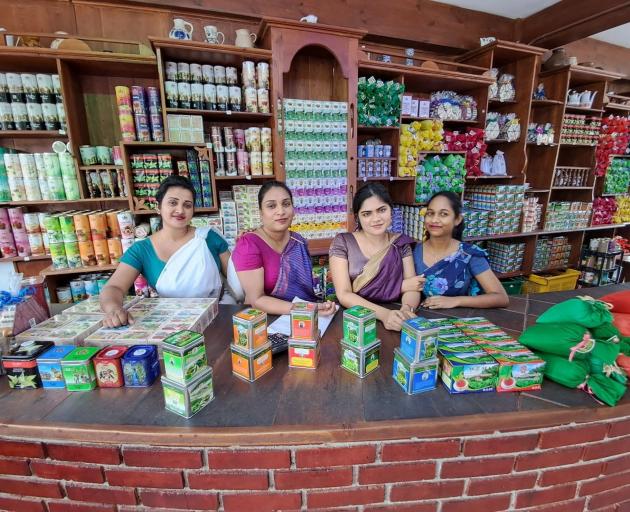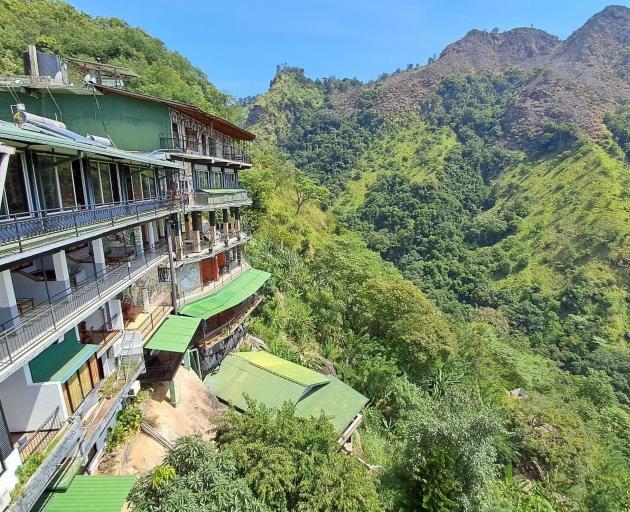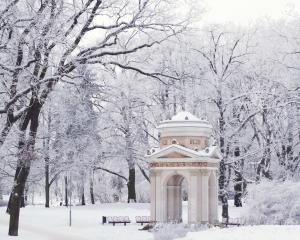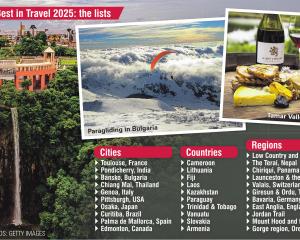
Swathed in lush jungle greens, pepper-potted with roly-poly hills and anchored by a gloriously soothing lake at its heart, the seduction is fast and sweet in the gateway city of Kandy.
The very name Kandy conjures visions of splendour and mystique. It’s a city that proudly keeps its legends, traditions and folklore alive. Don’t miss the famed dance, drum and fire shows!
Legend has it that Kandy houses one of Buddha’s teeth, taken from him as he lay on his funeral pyre, and later smuggled into Sri Lanka 1700 years ago, hidden in the hair of a princess. It was moved around Sri Lanka over the centuries, as the ruling kingdoms changed, but it’s been safeguarded by the Kandyan kings since the 1600s.
Fun fact — every full moon is a national holiday in Sri Lanka and Kandy was pumping with holidaymakers on our visit because it coincided with the cycle. If you’re visiting in the middle of the year, you may well strike the revered annual festival of Perahera, when the city dedicates itself to a celebration of the Buddha’s tooth, on the late July/early August full moon. The tooth is a sacred relic housed within the central building of the Sri Dalada Maligawa. This exuberant 10-day pageant grows ever bigger by the day, complete with 100 parading and elaborately decorated elephants, dripping with jewels — and of course the tooth itself.

You don’t, however, get to see the real tooth in the temple, as it’s locked away in a golden casket inside the shrine room. The exact nature and authenticity of the tooth remains unclear, some claiming it’s actually a buffalo tooth. Apparently, it’s rather large. Whatever the truth, it is the object of supreme devotion.
The temple graces the water’s edge of man-made Kandy Lake, a sublime city centrepiece that was created by the last ruler of Kandy kingdom in 1807, before the British took charge in 1815, exiling their increasingly unpopular king to India and completing their full seizure of the island nation they called Ceylon. It brought the curtain down on 2000 years of Sinhalese independence.
The lake has a bloody backstory too — indentured labourers who objected to working on the king’s lake project were ruthlessly put to death on stakes in the lake bed. In the middle of the lake is a pint-sized island which once held the king’s personal harem. The British repurposed it as an ammunition store, while adding the fortress-style parapet around the area.

Our local guide Manoj led us from there around to Kandy’s throbbing central market. Chatty old men whirred away on antique sewing machines in the tailors’ section, while the fresh produce market radiated with a blaze of colour and abundance. You’ll go bananas over the dizzying array of varieties. But you’ll need to gird your loins in the meat and seafood sections which is particularly explicit.
I parked up my protein preferences for several days after that grisly guts and gore encounter, to become a temporary vegetarian! You certainly can’t go wrong with a dahl (lentil) curry or a jackfruit curry! To be fair though, unlike India’s dreaded reputation for Delhi belly, I suffered no stomach upsets at all throughout the entire Sri Lankan tour.
Another huge highlight was visiting the storied Geragama Tea Factory. Located close to Kandy, this is one of your classic old-school tea factories, specialising in long-leaf tea for over 120 years. They do a great job in chronicling the rise of Ceylon tea and how the nation remains one of the world’s top-five tea producers.

The father of Ceylon tea was James Taylor, the first to develop a tea plantation in 1867, and the trade grew exponentially, transforming the Sri Lankan economy, particularly with the roads and railways that were developed to transport the tea to Colombo.

There is a charming tasting room where we sampled a variety of teas and bought some freshly packed boxes from the delightfully attired staff. We sampled golden or silver tips, green and different types of black tea. You can’t beat black! But to really appreciate the power and prestige of Sri Lanka’s tea plantations, nothing beats taking a train trip through the Central Highlands, where the hillsides are thickly stitched with undulating emerald-green tea plantations, a stylised landscape that is immaculately manicured. Nurture interspersed with nature.

It all felt weirdly out of place, like a confused period piece. At the local market, I was amused by loquacious Tamil locals clad in saris and woolly hats, haggling over the price of oh-so-British vegetables like cabbage, turnips and parsnips.

Manoj remarked that tea-pickers are currently paid a pittance, because "the middle men in Colombo are making all the money". He’s hopeful the new government will reset the scales in favour of plantation workers, who are largely Tamils. One million workers are currently employed as tea-pickers, underscoring its economic importance.
But my highlight from Nuwara Eliya was basking in the highest, wildest and most scenically ravishing landscapes of Sri Lanka.
Some of the waterfalls gracing the highway close to the backpackers bolt-hole of Ella are truly awe-inspiring, tumbling hundreds of metres down gnarly rocky ravines. There’s some magnificent mountainside hotels and eateries to admire the elevated wilderness from, too.

In Kandy, we stayed at the Radisson Hotel, which prides itself on its stylish facilities and stupendous mountain surrounds. The cherry on top is the rooftop pool where you can cool off and soak up sweeping city views of the twisting topography over a cocktail or two.
In Nuwara Eliya, we stayed at the Jetwing St Andrew’s, a unique colonial retreat set in a restored Georgian-style country mansion, lavishly nestled in meticulously maintained gardens. Built as a private club for colonial settlers, next to the golf course, this evocative hotel and its time-honoured splendour is loaded with gems, including boasting the antique snooker table which is the oldest in Sri Lanka.
History lives on in the highlands.












